Historic Missouri River Flood Damages Water Infrastructure
Sewage spills, pollution risks, and reduced capacity at drinking water plants.

The Missouri River north of Omaha, Nebraska, on March 17, 2019. Photo courtesy of Flickr/Creative Commons user vwcampin
By Brett Walton, Circle of Blue
Swelled by rainfall and melted snow, the Missouri River and its tributaries reached record levels this weekend in some of the worst flooding ever registered in parts of Iowa, Nebraska and South Dakota.
Rising rivers displayed the destructive power of water: they overtopped levees and ripped apart roads. Dozens of wastewater plants failed and are discharging untreated sewage, while six public water systems are not working in Nebraska. Other systems are dealing with power outages, water main breaks, and flooded wells. Near Omaha, one-third of Offutt Air Force Base, the latest U.S. military installation to be damaged recently in floods, was underwater. (Tyndall Air Force Base, in Florida, suffered at least $5 billion in damage after Hurricane Michael last year.)
Elsewhere in Nebraska, the failure of the 90-year-old Spencer Dam sent an 11-foot wall of water down the Niobrara River, the Lincoln Journal Star reports. The deluge compromised wells in the town of Niobrara, where residents were receiving bottled water.
The Missouri River at Plattsmouth, Nebraska crested at 40.6 feet on Saturday, nearly 4 feet higher than the previous record. It was one of at least 17 locations through the weekend that set a new high-water mark.
Lincoln, the capital of Nebraska, is under mandatory water restrictions following a power outage at its water production facility. Mayor Chris Beutler issued the order on Sunday afternoon after a levee upstream of the city’s well field was breached. Flooding cut electricity to the wells and temporarily stopped water production.
Water production is up to 32 million gallons a day as of Monday afternoon, but residents have been asked to cut indoor water use in half and not use any water outdoors.
“That production is enough to meet the community’s basic needs for drinking water, health, and sanitation,” Beutler said at a news conference. “However, it is not enough to meet the rest of the community’s other daily water usage. That’s why it’s imperative that residents understand where we are on water conservation and adjust their strategies accordingly.”
Flood waters have not contaminated Lincoln’s water supply, Beutler said. But there are risks elsewhere.
The Nebraska Department of Health and Human Services (NDHHS) is warning homeowners that private wells can be contaminated by bacteria and chemicals carried by flood waters.
Those contamination risks are real. The Federal Emergency Management Agency reports that at least 42 wastewater plants in Nebraska are not functioning and are discharging raw sewage.
NDHHS is offering free sampling kits, but homeowners have to pay for the testing.
After Hurricane Florence inundated the southern Atlantic coast last September, North Carolina saw an increase in private wells that tested positive for E. coli and fecal coliform.
The worst of the flooding has passed downstream but the waters will recede slowly. The National Weather Service expects that the Missouri River in southern Nebraska, northeastern Kansas, and northwestern Missouri will remain in major flood stage through Thursday.
Brett writes about agriculture, energy, infrastructure, and the politics and economics of water in the United States. He also writes the Federal Water Tap, Circle of Blue’s weekly digest of U.S. government water news. He is the winner of two Society of Environmental Journalists reporting awards, one of the top honors in American environmental journalism: first place for explanatory reporting for a series on septic system pollution in the United States(2016) and third place for beat reporting in a small market (2014). He received the Sierra Club’s Distinguished Service Award in 2018. Brett lives in Seattle, where he hikes the mountains and bakes pies. Contact Brett Walton

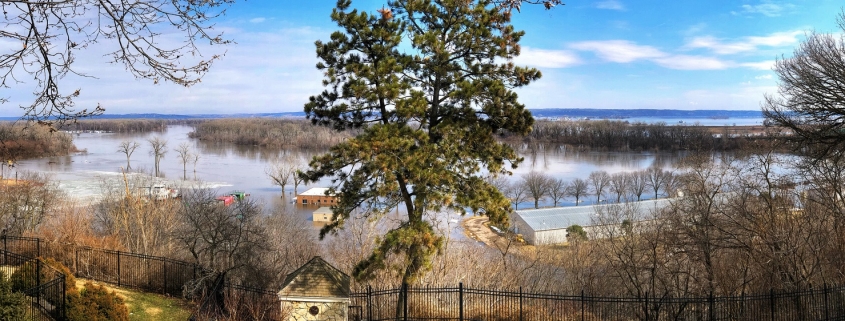

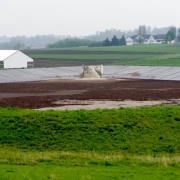

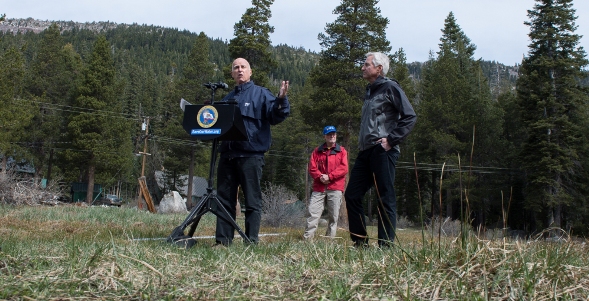


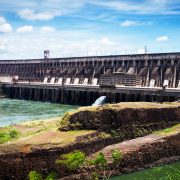

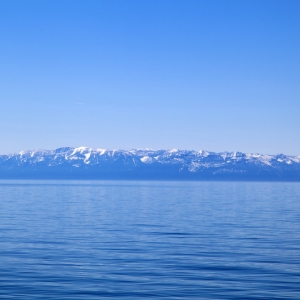

How recent is this article?